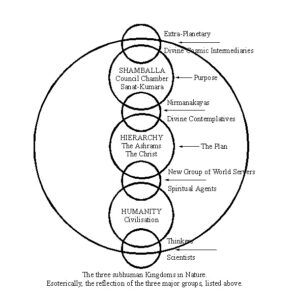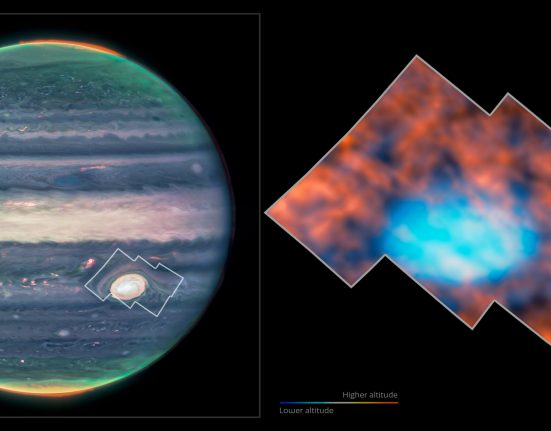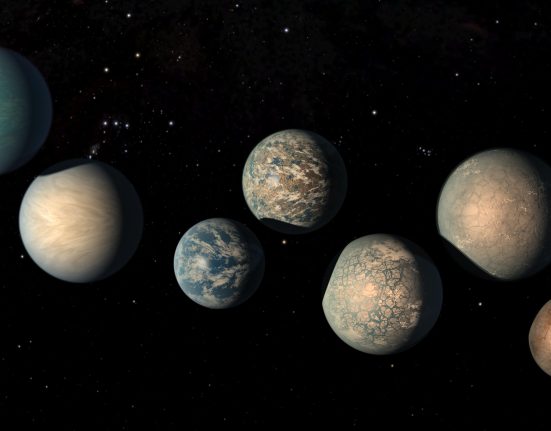
The insatiable global demand for lithium, driven by its indispensable role in the battery industry and other advanced energy applications, has spurred innovative methods to harvest this valuable metal from brine resources more sustainably and efficiently. At the forefront of these advances are lithium ion sieves (LIS), which have demonstrated exceptional capabilities to selectively recover lithium from complex aqueous environments containing multiple coexisting ions.
A groundbreaking study led by Dr Zhijie Chen and Professor Bing-Jie Ni from the University of New South Wales presents a comprehensive review of the current status and future prospects of LIS technology. Their findings, recently published in the journal Sustainable Horizons, delve into the potential of heteroatom-doped LIS to revolutionize lithium recovery processes, making them not only more efficient but also environmentally friendly.
“The growing demand for lithium in fields ranging from electronics to electric vehicles requires a shift toward more sustainable and economically viable recovery methods,” said Dr. Zhijie Chen. He highlighted the superiority of LIS over conventional methods due to their high selectivity and lithium uptake capacity, crucial characteristics that significantly improve the purity and yield of lithium extracted from brines.
The study reviews the two main categories of LIS: lithium manganese oxides (LMO) and lithium titanium oxides (LTO). Each type brings unique advantages and challenges to lithium recovery. LMOs are praised for their high affinity for lithium and excellent adsorption capacity. However, they face problems such as the dissolution of manganese, which can reduce their effectiveness and pose environmental risks. On the other hand, LTOs are known for their structural stability, which prevents the dissolution of titanium, but their application is limited by the aggregation of particles during synthesis.
To address these challenges, researchers have turned to heteroatom doping, an innovative approach that improves the performance of LIS. By integrating different heteroatoms into the LIS structure, they can improve the stability, durability and lithium recovery efficiency of the material. “Heteroatom doping not only helps stabilize the structure of the ion sieve, but also improves its selectivity and recyclability, which are critical for practical applications,” explained Professor Bing-Jie Ni.
The application of advanced LIS in lithium recovery is particularly promising for the processing of salt lake brines, which are abundant but underutilized resources due to the presence of interfering ions such as magnesium and calcium. Refined LIS effectively overcome these interferences, paving the way for their application in diverse environments ranging from geothermal brines to industrial effluents.
The implications of this research extend beyond simple technical advances. By improving the efficiency and environmental sustainability of lithium recovery, these innovations could significantly reduce the ecological footprint of lithium extraction and processing, contributing to global efforts to combat climate change and resource depletion.
As the world moves more toward renewable energy sources and sustainable practices, the development and implementation of cutting-edge technologies in lithium recovery will be crucial. Ongoing research by Dr. Zhijie Chen, Professor Bing-Jie Ni and colleagues not only highlights the potential of lithium-ion sieves to meet the growing global demand for lithium, but also sets a benchmark for future studies aimed at further refining these technologies.
Magazine reference
Qian Chen, Zhijie Chen, Hongqiang Li, Bing-Jie Ni, Advanced lithium-ion sieves for sustainable lithium recovery from brines, Sustainable Horizons, 2024. DOI: https://doi.org/10.1016/j.horiz.2024.100093
About the authors


Dr. Zhijie Chen received his Ph.D. He graduated in Environmental Engineering from the University of Technology Sydney, Australia, in 2022. He now works as a postdoctoral researcher at the University of New South Wales, Sydney. His research primarily focuses on the development of green technology to achieve environmental and energy sustainability. He is the author of more than 100 peer-reviewed articles in prestigious journals (e.g. Nano-Micro Letters, Applied Catalysis B, SusMat, Green Chemistry, Nano Energy, Renewable and Sustainable Energy Reviews, Water Research) and 2 book chapters within the fields of nature. resource utilization, waste recovery, green chemistry, wastewater treatment and green energy, and his work has appeared in global technology media.


Prof. Bing-Jie Ni received his Ph.D. He graduated in environmental engineering in June 2009. He is currently a senior lecturer at the University of New South Wales, Sydney. He is a Fellow of the Royal Society of Chemistry and a Clarivate Global Highly Cited Researcher. He has been working in the field of environmental technology and wastewater treatment, particularly the interface between process engineering, microbial biotechnology, materials science and mathematical modeling, focusing on the integration of these disciplines to develop innovative and sustainable technological solutions for achieve high levels of pollution. wastewater disposal with a minimized carbon footprint and maximized energy recovery, to transform waste or wastewater from a problematic pollutant to a valuable resource and save large amounts of greenhouse gas emissions.













Leave feedback about this